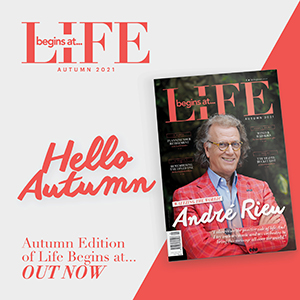
Tai Chi is a type of exercise especially suited to seniors, as it is a low impact, relatively easy-to-do form, with health benefits and enough depth to it to maintain one’s interest for many years, yet relatively few practice it, writes Caroline Wang Noble
The reason I believe this is so is due to misconceptions about what is actually going on when someone does Tai Chi. To the observer it appears that the practitioner is merely slowly performing some gestures while remaining calm – there’s nothing much to it and hence nothing really appealing about it. In fact, when practiced in accord with its Taoist roots of self-cultivation there is far more to it than meets the eye.
Tai chi’s founder, Zhang Sanfeng, some 700 hundred years ago incorporated Taoist techniques for nurturing harmony of mind and body into a martial art framework. Since then Tai Chi has fragmented into several versions, with varying biases towards self defence, health or even attractiveness of movement for the purpose of competition. From a wellbeing perspective, all of them can impact favourably, but with differing degrees of success in regard to specific facets; e.g. muscle tone, blood circulation, core strength.
However, whatever the variation, when practiced true to its origins by adhering to the guidelines as laid down in the writings known as the “Tai Chi Classics”, then we have an art with considerable depth to it and which is a source of never-ending fascination to more and more people world-wide.
What then is real Tai Chi? Its core practice is a set of actions with names ripe with exotic imagery, e.g. white crane spreading its wings, fair lady working the shuttle, grasping the peacock’s tail, which are combined to make a flowing routine characterized by emphasis on maintaining a calm state of being with whole body coordination. This foundation is what has earnt Tai Chi the reputation for impacting favourably upon a number of common unfavourable conditions, such as poor blood flow, hypertension, anxiety, postural misalignment and excessive muscular tension. The reason Tai Chi can do this is because you absorb yourself in the slow, steady actions, allowing the mind to calm down and you use no unnecessary muscular strength. You have thus created a state of being which is conducive to allowing an automatic release of muscular tightness, which is common in adults, especially once they reach middle age. The body can then return to a more natural state because the removal of stiffness frees the spine so as to adjust to a truer alignment and also removes the constriction of blood vessels that accompanies any unnecessary tension in one’s muscles. All of this, however, is only the beginning!
We must go further if we are to fully tap into Tai Chi’s potential as a way to harmonise the interaction of mind and body to the maximum. What is required here is what is known as conscious perception of the body whilst in motion and this is what distinguishes my Dynamic Tai Chi from the majority of Tai Chi versions practiced today. To have conscious perception is to have a heightened sense of the body as it performs any action….a type of biofeedback. With this tool one can cultivate greater control over oneself and thereby further improve the features, e.g. greater core strength, better balance, smoother blood flow and finer physical coordination, that have already been acquired at the basic level. It can be said that we shine the light of our consciousness within our bodies, becoming aware of the nature of the body as a structure, carefully aligning the centre (centre of gravity ) and base ( feet ) so as to improve stability and hence balance. We then become sensitive to any movement that is throwing us off balance, even if only minutely We start to search internally all the way from the feet up to the crown of the head, aligning the various sections so as to improve structural integrity. The result is that we have removed some of our bad habits and started to return to a more natural state of being, with greater fluidity, grace and power in the way we move. So, aside from impacting favourably in terms of wellbeing, we now also have the potential to achieve better results in other types of exercise, especially sporting & athletic endeavors.
Tai Chi should be thought of as a journey – a journey of self-discovery in which one learns more and more about oneself, both in terms of how one acts as something physical and also as a sentient being.
Caroline Wang Noble studied and taught Tai Chi in north-eastern China for 10 years before migrating to Australia in 2001. She has taught for several organizations such as Fitness First, Workers’ Education Association & local community colleges. Her version of Tai Chi remains true to the Art’s Taoist roots of in-depth cultivation of mind and body. She operated Dynamic Balance Tai Chi in Sydney.




















Add Comment